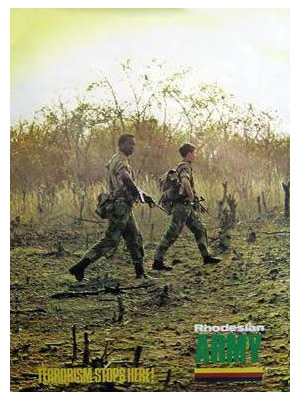Public Safety Secretary Minerva Bautista was among the wounded but was recovering from non-life-threatening injuries, according to the state attorney general’s office. She was traveling in a bullet-resistant sport utility vehicle.
State Attorney General Jesus Montejano told the local Milenio television station that the attackers used assault rifles, grenades, a grenade launcher and a powerful .50-caliber sniper rifle whose rounds are capable of penetrating bullet-resistant materials.
“In the ambush, they used concentrated fire from these types of weapons, forcing her and her escort to crash into a trailer truck that they had pulled across the road,” Montejano said.
*****
I posted three stories here, that are pretty telling of where Mexico is at with their war against the cartels. There are two ways to read this. Either the cartels are threatened more by the government and authorities, or the cartels are thinking in terms of taking the fight out of the authorities so they can continue to eradicate their competition. So is the government a threat, or are they just getting in the way? Interesting stuff, and this first article below goes into the various angles on this.
My personal thoughts on it, is that the cartels will do whatever they need to do in order to win control over the drug markets. If law enforcement or government officials directly or indirectly help their competitors, they will do what they can to remove that element of the equation. Because I really think that if the cartels were purely focused on combatting the government, we would see way more deaths of officials. The death toll figures support this as well, with most of the deaths in the war being members of the drug cartels. But this could change, and we will see how this goes.
None the less, these are still attacks on the state. And when the cartels start using .50 caliber sniper rifles (see second story below), grenade launchers, and assault rifles against armored motorcades in well coordinated ambushes, I tend to take notice. Unfortunately, the next level will probably be more usage of IED’s in these ambushes and all of the rules of Iraq and Afghanistan will apply to this latest evolution of the drug war.
The third story is another disturbing tale about cartels purposely attacking law enforcement. Seven officers killed is pretty bad, and that indicates to me that the cartels have absolutely no fear or respect for law enforcement. They are just obstacles that need to be removed, so they can focus on the bigger war of gaining territory for their drug operations. Thanks to Doug and others for sending me these stories. –Matt
——————————————————————

An injured bodyguard of Mexico’s Michoacan state’s public safety secretary walks with help from a police officer after being wounded during a shootout in Morelia, Mexico, early Saturday. A fellow bodyguard lies dead.
Mexico says cartels turning attacks on authorities
By MARK STEVENSONThe Associated PressSunday, April 25, 2010
MEXICO CITY — Mexico’s drug cartels have changed tactics and are turning more attacks on authorities, rather than focusing their fire on rivals gangs, the country’s top security official said Sunday.
Interior Secretary Fernandez Gomez-Mont said at a news conference that two back-to-back, bloody ambushes of government convoys – both blamed on cartels – represent a new tactic.
“In the last few weeks the dynamics of the violence have changed. The criminals have decided to directly confront and attack the authorities,” Gomez-Mont said.
“They are trying to direct their fire power at what they fear most at this moment, which is the authorities,” he said.
Officials here have long said that more than 90 percent of the death toll in Mexico’s wave of drug violence – which has claimed more than 22,700 lives since a government crackdown began in December 2006 – are victims of disputes between rival gangs.
Mexican drug gangs have been known to target security officials. The nation’s acting federal police chief was shot dead in May 2008 in an attack attributed to drug traffickers lashing back at President Felipe Calderon’s offensive against organized crime.
But such high-profile attacks were rare in comparison to inter-gang warfare. But after the large-scale attacks on officials Friday and Saturday, “casualties among the authorities are beginning to increase in this battle,” Gomez-Mont said.
On Saturday, gunmen armed with assault rifles and grenades attacked a convoy carrying the top security official of the western state of Michoacan, in what appeared to be a carefully planned ambush.
The official survived with non-life-threatening wounds – she was traveling in a bullet-resistant SUV – but two of her bodyguards and two passers-by were killed. Of the other nine people wounded, most were bystanders, including two girls ages 2 and 12.
